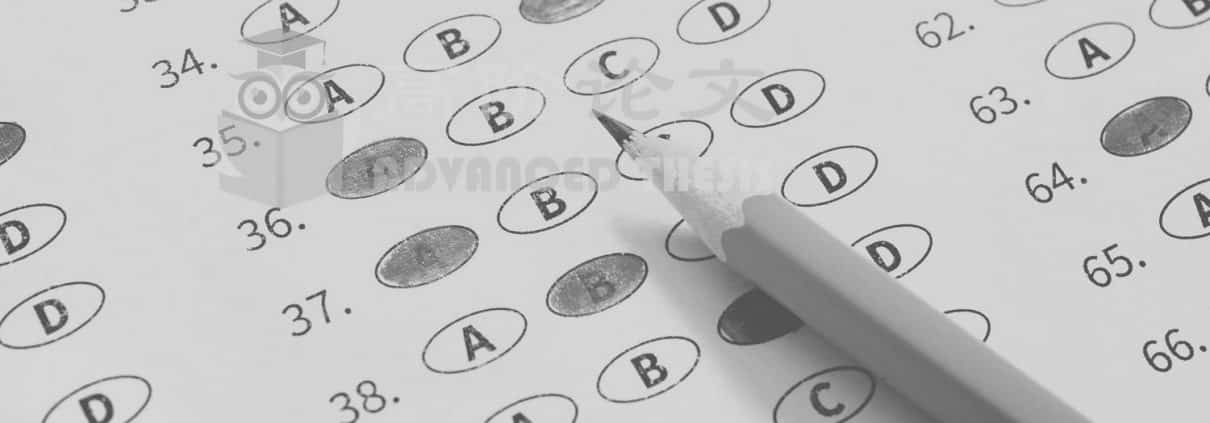新西兰戏剧学论文代写:灾难摄影
新西兰戏剧学论文代写:灾难摄影
作者罗伯特·伯恩(Robert Bean)带来了一个有趣的摄影主题,详细阐述了观众正在发展的观念阶段,以及摄影师是否成功地传达了要传达的信息。作者经常引用历史灾害及其前后的照片,传达一个地方的原始景观,以及如何在灾后重建。作者的主要观点是,在观看照片之前和之后,中间或不断移动和进步或恶化的环境常常被丢失给观众,这在不同的人中产生不同的看法。有时,摄影师倾向于将观众的注意力转移到显示摄影的灾难的手段上,而不是真正地通知观众有关损坏以及如何重建。在这样做的过程中,作者经常对摄影师进行评论和识别,并且经常在遇到灾难之后,而不是在之前做出这样的事情,使其在特定情况下应该做的不那么负责任。有一些图片被点击,以证明一个地方的内在文化,指出广岛街的荒废的图片,描绘它是一个犯罪地点,这实际上是在灾难之后转而提供了这种感觉的证据。
新西兰戏剧学论文代写:灾难摄影
不可见的一些照片就像是在灾难之后没有生存的图片的本质是夸张的,因为观众通过观看一个空中街道的照片,在那里发生的灾难致力于传达超出预期的零生存或损害的信息。泽利泽和艾伦(第60页)列出了所有群体的照片,这些照片是为了应对9·11事件的袭击而展开的,这表明了对受害者的回应,并提供了观众的更多支持。所以照片在建立一种看法方面有很大的权力,而且还有记者要做的事情。
新西兰戏剧学论文代写:灾难摄影
Author Robert Bean brings an interesting photographic theme detailing the stage in which the audience is developing and whether the photographer has succeeded in communicating the message to be communicated. The author often refers to historical disasters and their pictures before and after, to convey a place of the original landscape, and how to rebuild after the disaster. The author’s main point is that before and after watching the photo, the middle or constant movement and progress or deterioration of the environment is often lost to the audience, which in different people have different views. Sometimes photographers tend to shift the viewer’s attention to the means of displaying the catastrophe, rather than telling the audience about the damage and how to rebuild it. In doing so, the author often reviews and identifies the photographer, and often does not be so responsible after making a disaster, rather than making such a thing before, in a particular situation. There are some pictures that are clicked to prove the inner culture of a place, pointing out the deserted picture of Hiroshima Street, depicting it as a place of crime, which in fact is behind the disaster to provide evidence of this feeling.
新西兰戏剧学论文代写:灾难摄影
Some of the photos that are not visible are like the nature of the images that are not surviving after the disaster is exaggerated because the audience is by observing a picture of an air street where the disaster is committed to communicating the information beyond the expected zero survival or damage. Zelis and Allen (p. 60) list photographs of all groups that were launched in response to the September 11 attacks, which showed a response to the victim and provided more of the audience stand by. So the photos in the establishment of a view of a lot of power, but also the reporter to do things.








